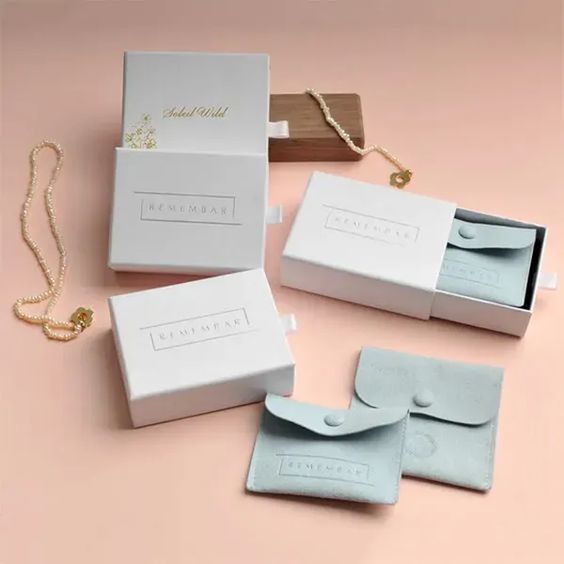
In the world of fine jewelry, the product itself dazzles with its precision cut, impeccable design, and the shimmer of precious metals and stones. However, before a piece of jewelry makes its grand debut on a customer’s skin, it encounters them first through its packaging. Jewelry packaging plays a crucial role not just in the protection of these valuable items, but also in brand perception, customer experience, and ultimately, in the decision-making process of the buyer. This article delves into the multifaceted aspects of jewelry packaging, examining its importance, the latest trends, sustainability concerns, and its impact on consumer behavior.
The Importance of Jewelry Packaging
1. Protection and Preservation: The primary function of jewelry packaging is to protect the item during storage and transit. Fine jewelry is often delicate, featuring sensitive materials that can be easily scratched or tarnished. Effective packaging—be it boxes, pouches, or wraps—ensures that the jewelry remains in pristine condition from the store to the customer’s home.
2. Brand Identity and Marketing: Packaging extends beyond functionality to serve as a silent salesman. The design, color, material, and logo on the jewelry packaging are powerful tools in communicating a brand’s ethos and market position. Luxury brands, for example, might opt for materials that evoke a sense of exclusivity and elegance, such as high-quality velvet or leatherette boxes with gold embossing.
3. Enhancing Customer Experience: Unboxing a piece of jewelry is an experience in itself, often associated with special occasions like birthdays, anniversaries, or engagements. Thoughtfully designed packaging contributes to the excitement and emotional impact of unboxing. It makes the process memorable and can transform a simple purchase into a grand gesture.
4. Value Addition: Elegant and durable packaging adds perceived value to the jewelry piece. It suggests that the contents are worth protecting and cherishing, which can justify a higher price point and enhance the overall appeal of the item.
Current Trends in Jewelry Packaging
1. Personalization: In a market that prizes uniqueness, personalized packaging is becoming increasingly popular. Brands are offering options to include names, messages, or special graphics on the packaging, making the jewelry purchase even more special and tailored to the recipient.
2. Minimalism: Simplicity in design is trending across various product sectors, including jewelry packaging. Minimalist packaging often features clean lines, simple color schemes, and a focus on the brand’s logo without excessive decoration. This style not only appeals to modern aesthetic sensibilities but also emphasizes the jewelry itself.
3. Sustainability: As environmental concerns become more pressing, sustainable packaging solutions are on the rise. Eco-friendly materials such as recycled paper, biodegradable plastics, and reusable boxes are becoming popular choices. These options not only help reduce the environmental impact but also cater to the growing demographic of eco-conscious consumers.
4. Technology Integration: Advanced technologies like QR codes and NFC (Near Field Communication) tags are being incorporated into jewelry packaging. These technologies can provide customers with information about the product, authenticity verification, and even care instructions simply by scanning with a smartphone.
The Impact of Packaging on Consumer Behavior
The influence of packaging on consumer decisions cannot be understated. A visually appealing and high-quality package can enhance the perceived value of the jewelry and influence the purchasing decision positively. It creates an initial impression that can attract potential buyers as they browse in a store or scroll online.
Conversely, poor packaging can deter purchases. It may raise concerns about the quality of the jewelry or the credibility of the brand, especially in a high-stakes purchase such as fine jewelry. Packaging that fails to protect the jewelry adequately can also lead to returns and negative reviews, which can harm the brand’s reputation over time.
Conclusion
Jewelry packaging is far more than a mere container. It is a critical aspect of the jewelry marketing mix that affects consumer perceptions, brand identity, and ultimately, the success of the product in the marketplace. As the market continues to evolve, the trends in packaging are increasingly leaning towards personalization, minimalism, and sustainability, reflecting broader consumer preferences and values. In crafting their packaging strategies, jewelers must therefore consider these factors to enhance their brand’s value and ensure a memorable and positive customer experience. This thoughtful approach to jewelry packaging not only protects precious items but also significantly contributes to building a strong, enduring brand.






